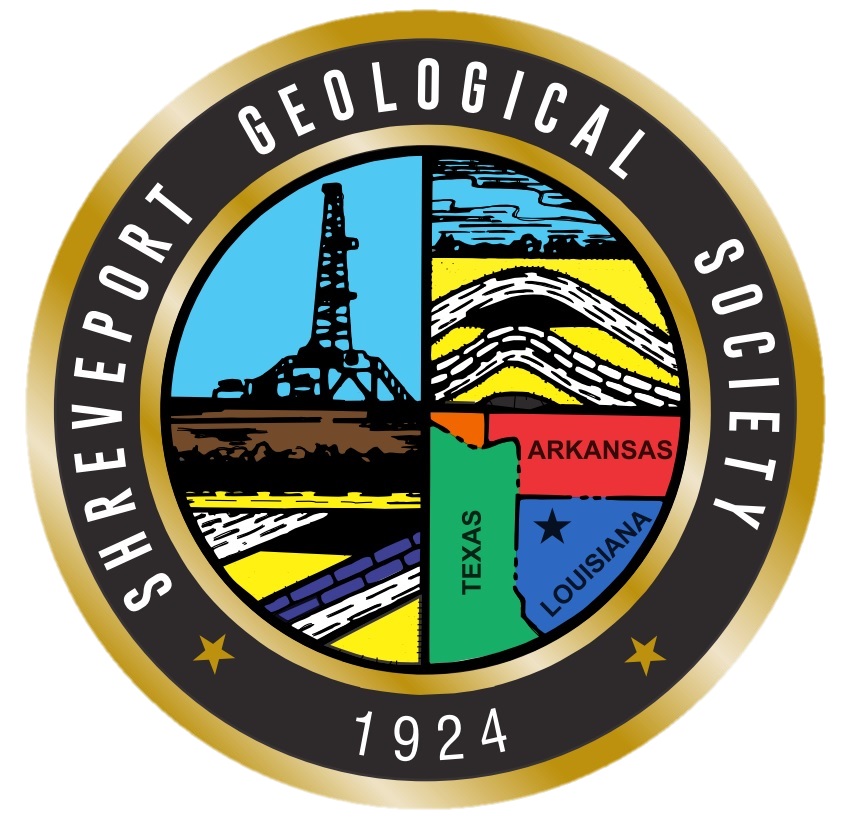The Shreveport Petroleum Club, 15th floor
Cost: $20, Children 10 and under $8
We encourage members to invite guests, spouses, and friends to any of our meetings.
If you’d like a seat, kindly email or call in your reservation by the preceding Friday to John Stroud at jostroud@stroudexploration.com or 318-425-0101.
Biography
John A. Breyer
John A. Breyer is a Senior Technical Consultant in Technology Application (Resource Plays) at Marathon Oil, Houston, and an Emeritus Professor of Geology at Texas Christian University. John joined Marathon in 2011 after teaching for thirty-three years at TCU, where he won numerous teaching, research and service awards. He received the GCAGS Outstanding Educator Award in 2005. John took groups of eager students to Scotland every summer from 1993 until retiring from the University. Most of his former students are in the oil and gas industry. John has authored or co-authored more than sixty articles in international and national scientific journals. Most of his writings are related to petroleum geology but his eclectic interests have led to publications on Precambrian trace fossils, Cretaceous volcanism in Trans Pecos Texas, Miocene vertebrate faunas of the High Plains, the geology of Jules Verne, and the philosophy of Sir Charles Lyell. Based on his research contributions he was elected a Fellow of the Geological Society of America in 1991. His presentations at national meetings have twice been recognized for excellence by his peers. John is an expert in the geology of unconventional resource systems. ...
Abstract
The Eagle Ford play in South Texas has increased oil production in the state to its highest level in more than 25 years. Two lithologies comprise the bulk of the Eagle Ford Shale in the core of the play on the southwestern flank of the San Marcos Arch: calcareous mudrock (marl) and recrystallized limestone. The marls consist mainly of clay-sized coccoliths with varying amounts of sand-sized planktonic foraminifera. The limestones, which originally consisted mainly of radiolarians and calcispheres, which were replaced by calcite and then partially to entirely recrystallized.
The marls were deposited under euxinic conditions beneath a stratified water column. The limestones formed during periods of enhanced water column mixing which promoted primary productivity and increased bottom-water oxygenation. The Cenomanian-Turonian interval was dominated by pelagic sedimentation on the southwestern side of the San Marcos arch. To the northeast of the Arch, toward the Sabine Uplift, this interval was dominated by clastic sedimentation associated with Dexter and Lewisville (Woodbine), Harris and Sub-Clarksville delta systems. ...
Paid members of the Shreveport Geological Society can read the speaker's full abstract and biography in the newsletter by logging into the Members Area.








































